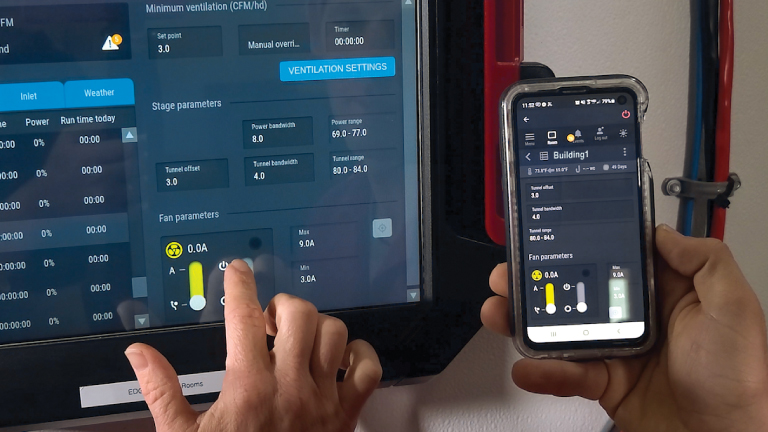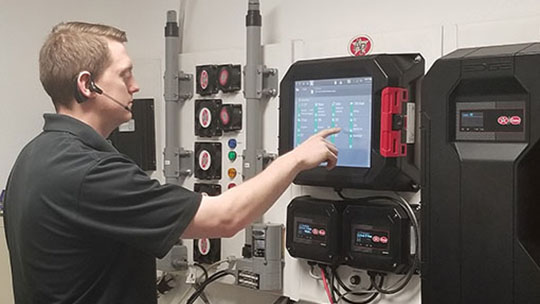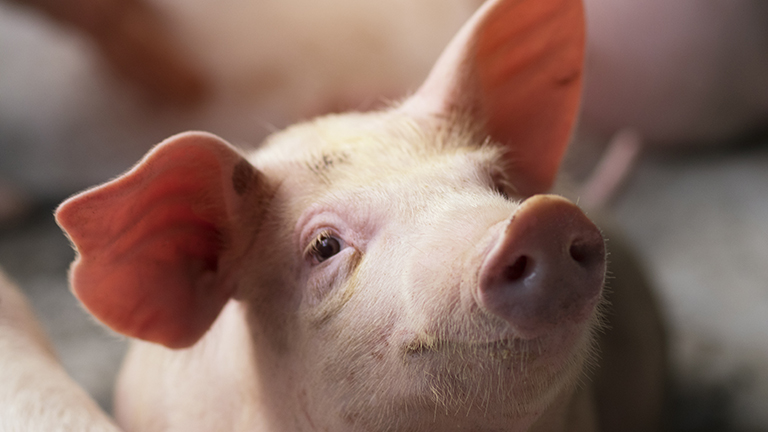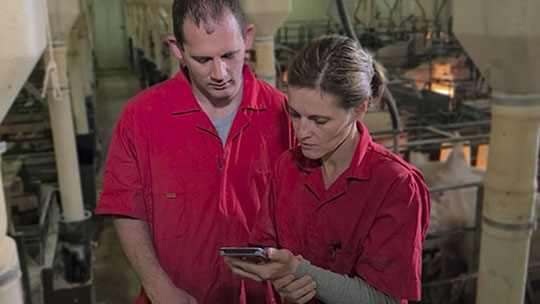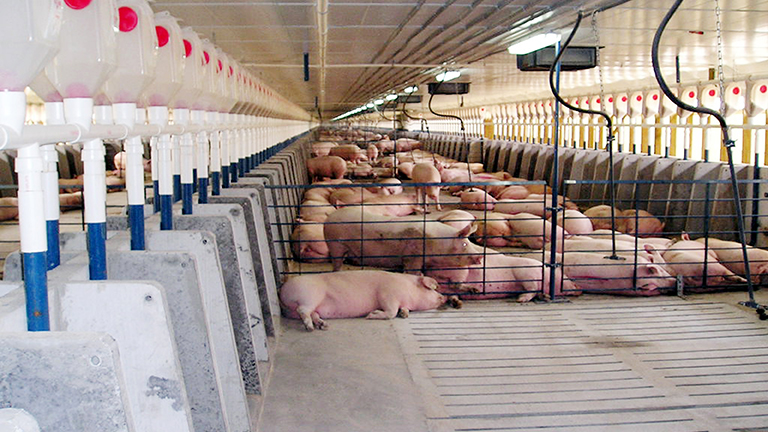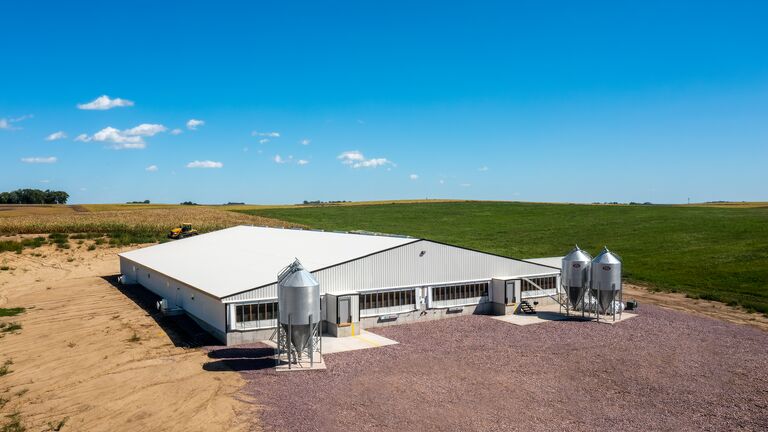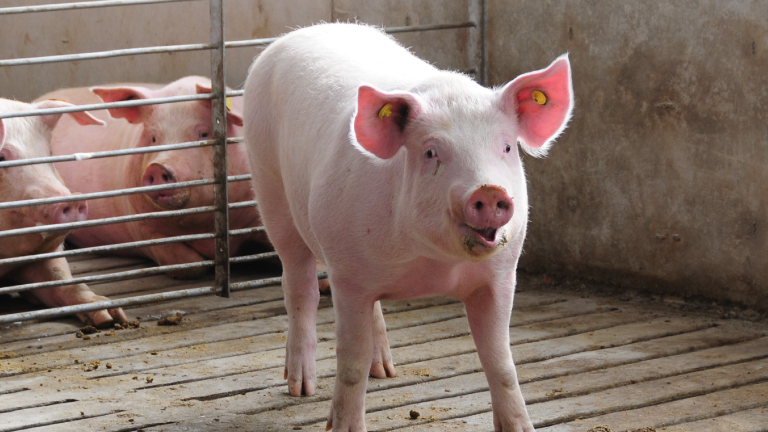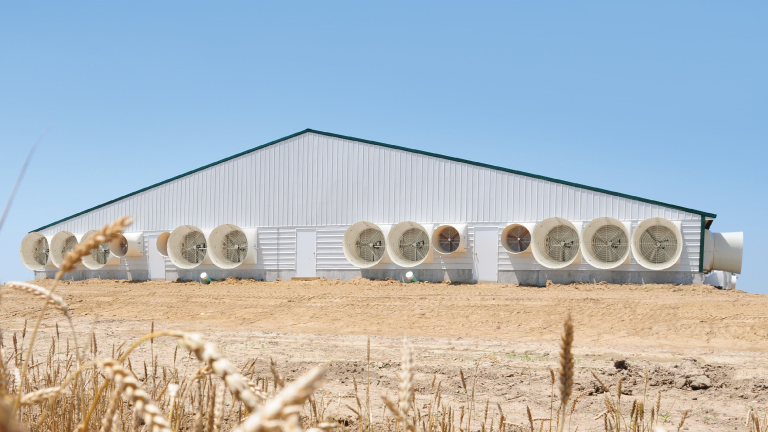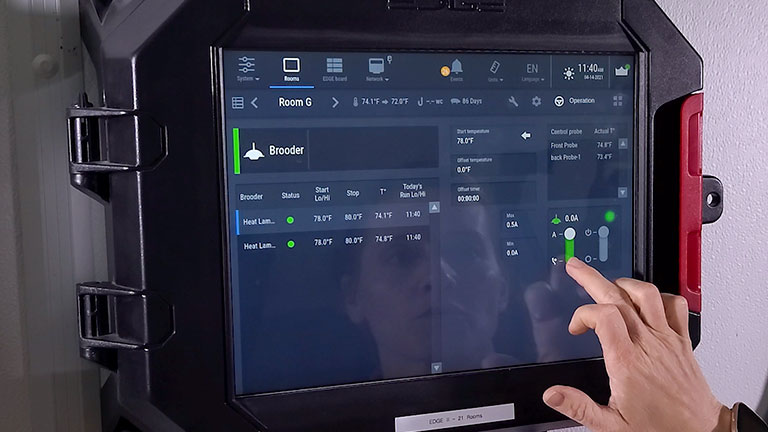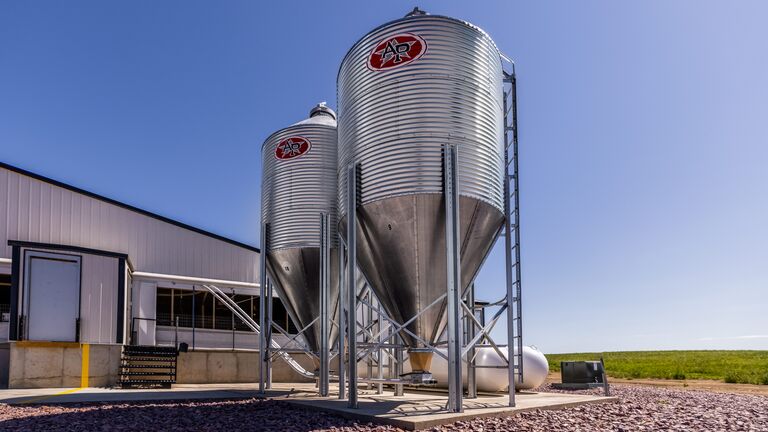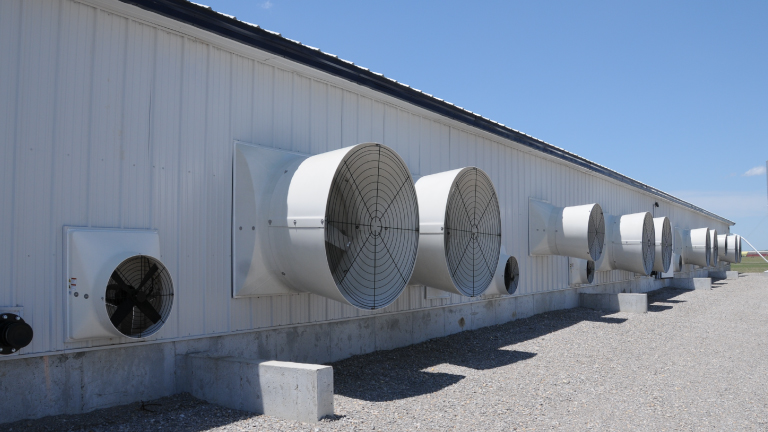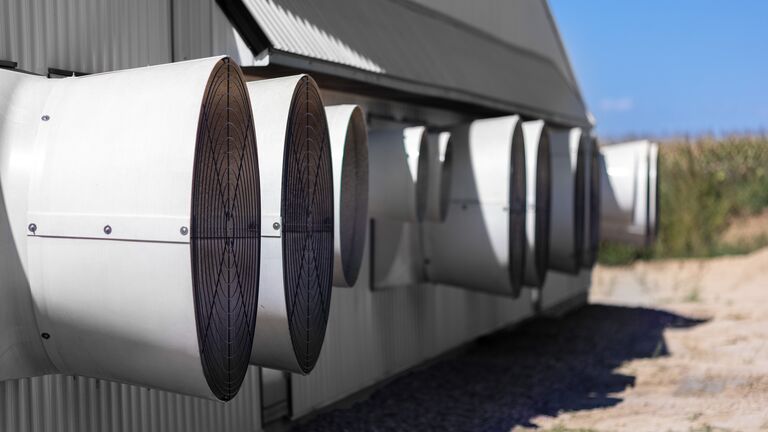Keeping your hogs at the right temperature is vital for a productive operation. And since we know the LP gas that runs heaters isn’t getting any cheaper, it’s important that producers have their barns ready for the coldest parts of the year.
What can you do to make sure your barns are running at their highest level of efficiency this winter? Here are SIX things you should look over to make sure your barns are winter ready.
- Heaters
Having your heaters ready is the best way to start prepping your barns for winter. Begin by blowing out the dust or anything that may have accumulated over the summer. Make sure no birds or mice deemed it an ideal place to make a nest - you don’t want anything that could start a fire. Check the igniters, switches and flame sensors and clean off any carbon or dust build up.
PRO TIP: Now is a good time to make sure you have the necessary spare parts on hand. Don’t get caught in the cold or snowy parts of the year without the switches, sensors or even gas you need.
- Curtains
Check your curtains for any holes or tears, and patch or replace as necessary. Go over the storm ropes to see if any should be tightened or replaced. You want to make sure everything has a good seal before winter arrives.
- Soffits and Doors
Some producers, especially in Northern areas, close up their soffits during the winter to keep snow and cold air from getting in. While it may not quite be time to close it up, now is a great time to make sure they’re ready to seal up when they need to.
- Shutters
If you have winter shutter covers for your fans, it’s time to locate those and get them ready to be installed when you need them.
- Insulation
Take a look up in the attic to check insulation depth and location. Check to make sure insulation has not blown away from the area closest to the sidewalls. Summer winds coming through the soffit may have moved insulation away from ceiling near the sidewalls causing heat loss during the upcoming cold months ahead. Replace or redistribute insulation as necessary.
- Watering and Feeding Systems
Water and feed systems should consistently be checked to make sure everything is in good working order. Your heaters should keep you from having a freeze issue inside the barns, but the changes in the weather have an impact on all your processes, so give them a little extra attention as you look over the rest of the operation.
- Back Up Generators
Make sure your back up generators are ready. If you aren’t already doing regular generator checks, heading into winter is an important time to get everything tuned up and ready to start and run if needed.
A Quick Tip on Cool Cells
Before it gets cold, make sure you get your cool cells drained and the pumps cleaned up and stored away. In some areas, they may be just fine, but in areas that see low temps in the winter months, make this a priority.
